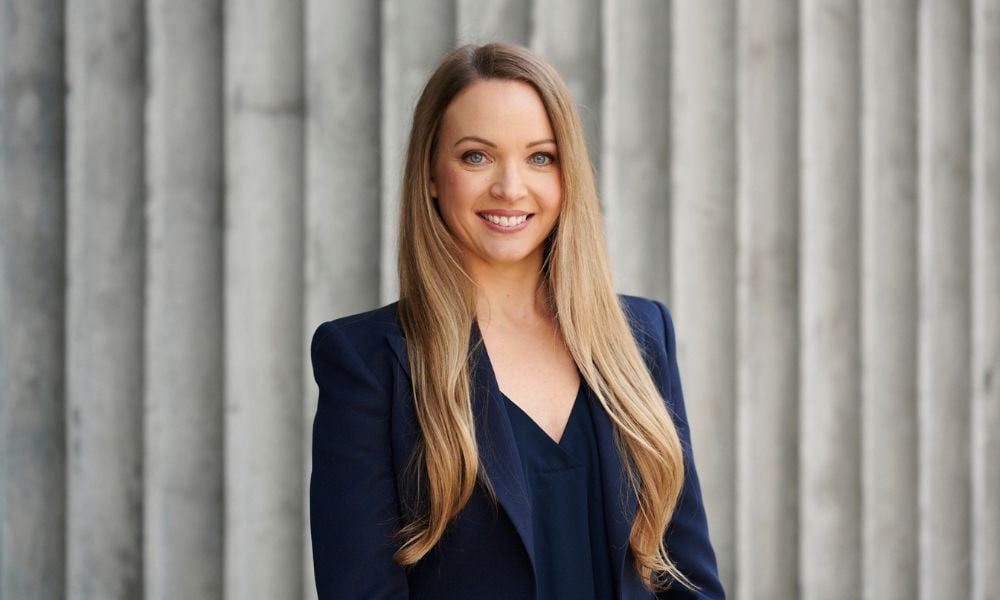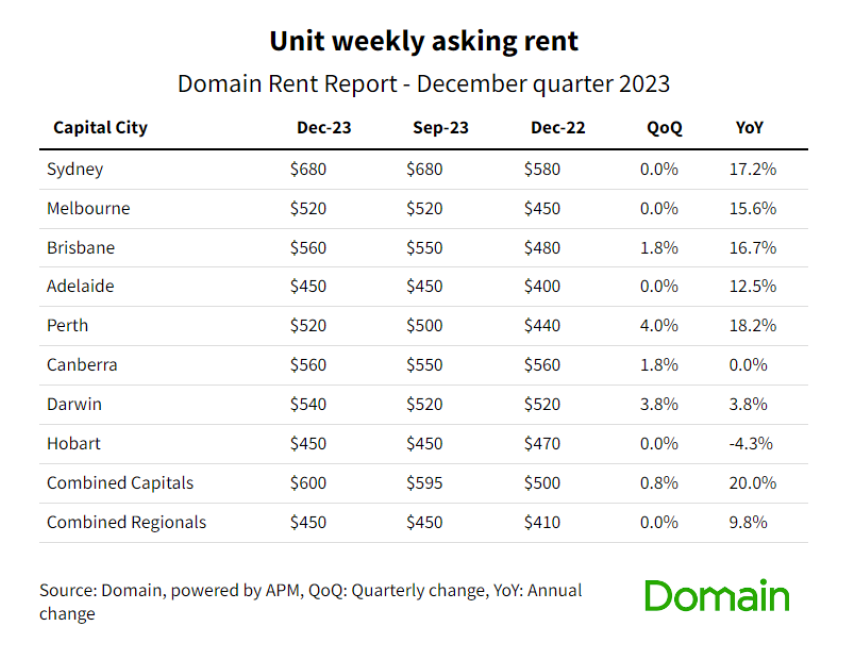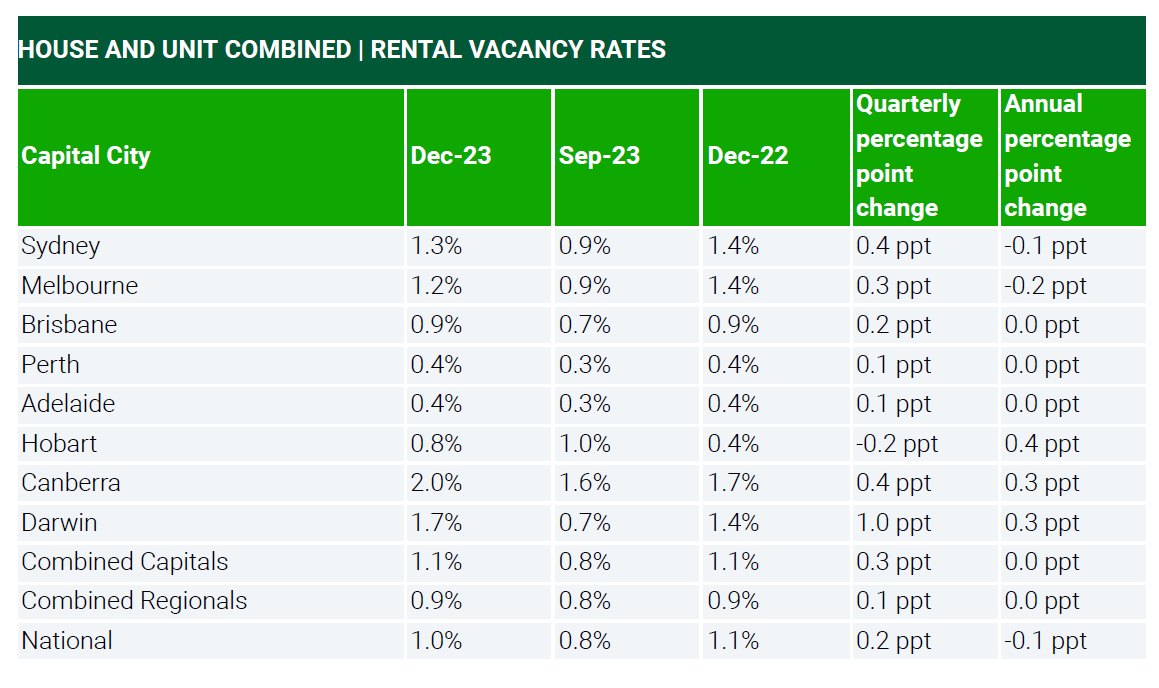House rents in combined capitals stabilise after nearly three years

In a beacon of hope for Australian renters, Domain’s latest Rent Report for the December quarter indicated a significant shift in the rental landscape.
For the first time in nearly three years, house rents across the combined capitals have held steady, marking a noteworthy departure from the persistent upward trajectory observed in recent times.
The Domain report highlighted a remarkable slowdown in the growth of rental asking prices, with house weekly asking rents for the combined capitals, Melbourne houses and units, and Sydney units breaking their longest streaks of consecutive quarterly increases.
“Some good news for renters at the start of the new year – the rental market may have turned a corner over the December quarter,” said Nicola Powell (pictured above), Domain’s chief of research and economics. “While the strain on Australia’s rental market remains evident, there’s a glimmer of hope that conditions are easing, and rental price growth is slowing.”
Asking rents at record-highs
Despite a record-breaking stretch of asking rent increases, there is a silver lining: as of the end of 2023, asking rents reached record highs across the combined capitals, with a median weekly asking rent of $600 for both houses and units, excluding Canberra houses and Darwin and Hobart unit rents. With these price records, the deceleration in rental asking price growth is especially positive for renters.


Vacancy rate improves
The seasonal surge in vacant rentals during the changeover period has led to improvements in vacancy rates across major cities.
Sydney, Melbourne, and Brisbane are at a 12-month high, Darwin at a 3.5-year high, and Canberra at the highest on record. However, Adelaide and Perth remain at concerning lows below 1% for over three years.

Source: Domain
With this seasonal boost in rental supply, Australia now requires an additional 30,000 to 60,000 rentals to shift towards a balanced market (a vacancy rate of 2-3%), showcasing a significant improvement from previous estimates.
“Nationally, potential tenants will find greater choice, consistent with the seasonal lift in vacant rentals that occurs at the end of the year as the rental market moves into the busy changeover period,” Powell said.
Rental market outlook
Powell identified several factors contributing to the slowing rental growth, including stretched affordability, increased preference for house shares among renters, and a gradual return of investors.
Anticipated first-home buyer incentives and potential interest rate cuts further bolster predictions for a balanced rental market in 2024.
“We are also likely to see some renters transitioning to homeownership with the new first-home buyer incentives in place, such as Queensland doubling the first-home buyer grant and the anticipated federal government's ‘Help to Buy’ shared equity scheme, along with a potential interest cut that will improve borrowing capacity and mortgage affordability,” Powell said.
“We forecast a tipping point to be reached at some stage this year, making a return to a more balanced rental market.”
To address Australia’s long-term housing crisis, she said activating additional solutions like Build-to-Rent is crucial. This approach offers a substantial increase in rental housing supply rapidly and at scale.
“With the cost of home ownership becoming more and more expensive in major cosmopolitan cities, it can act as a key circuit breaker for housing affordability,” Powell said.
Get the hottest and freshest mortgage news delivered right into your inbox. Subscribe now to our FREE daily newsletter.



